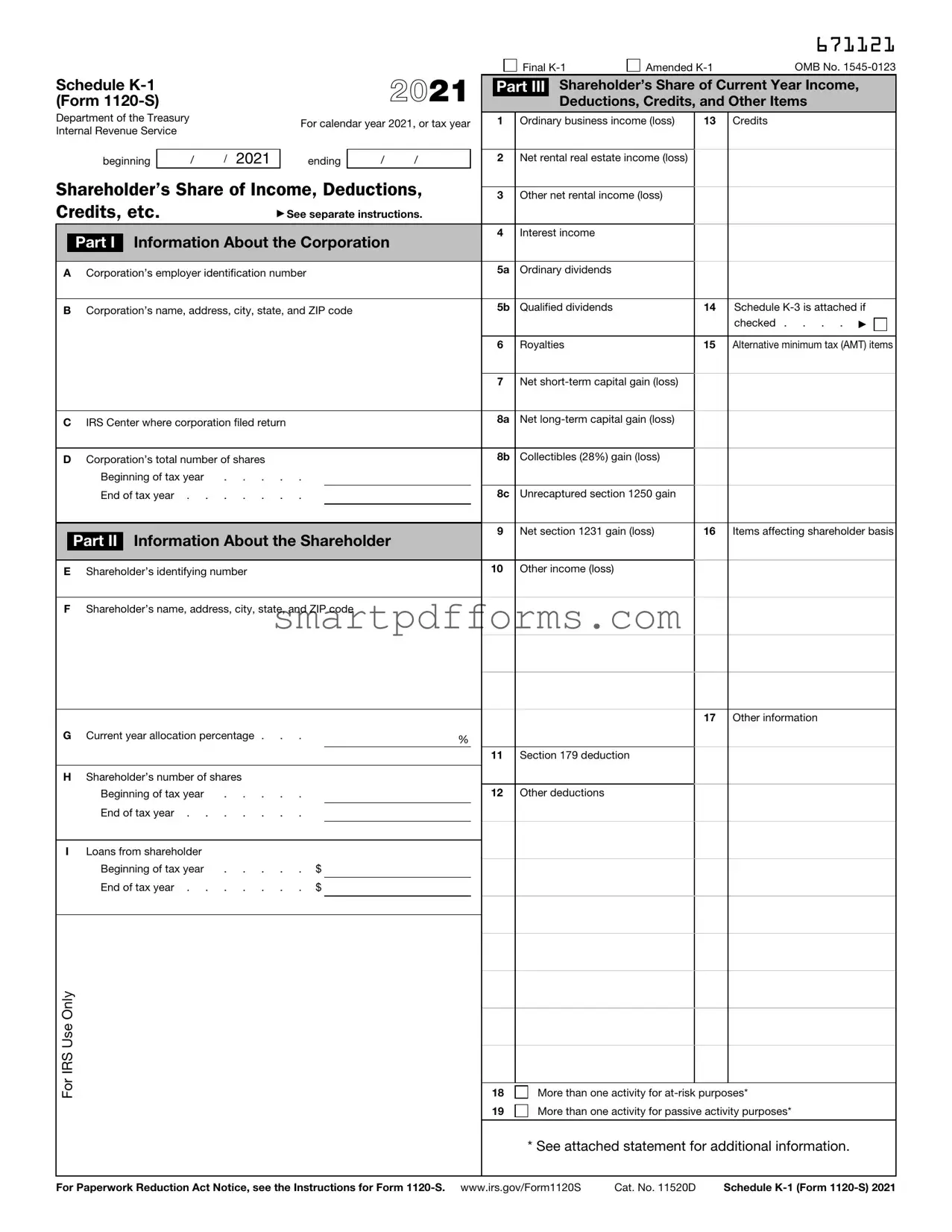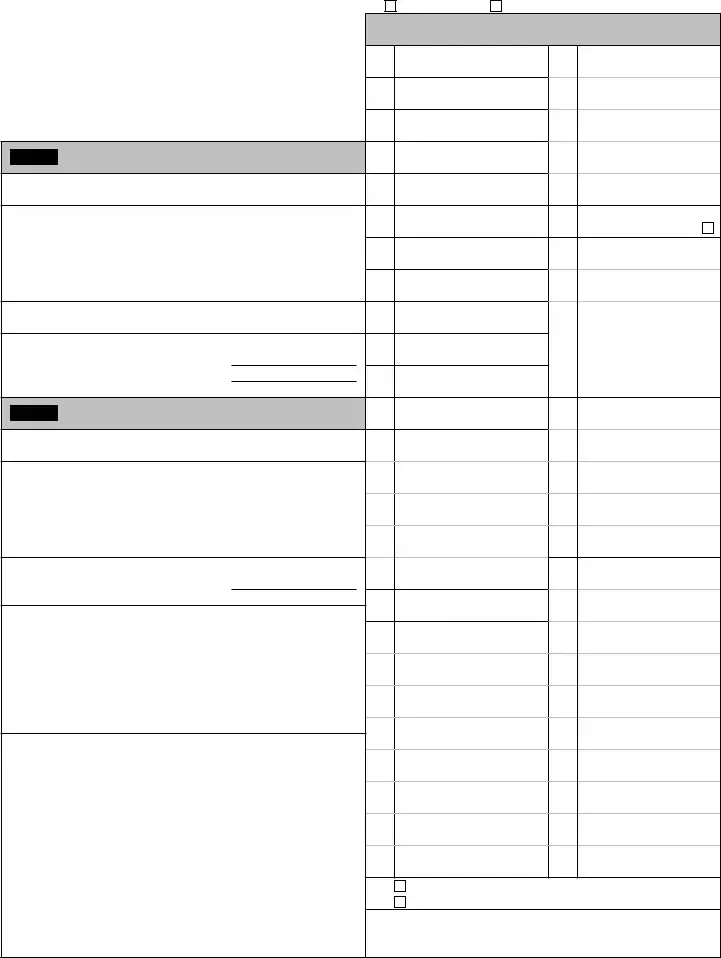Navigating the intricacies of tax forms is essential for shareholders of S corporations, and the IRS Schedule K-1 (Form 1120-S) plays a pivotal role in this journey. This form serves as a conduit, providing shareholders with detailed reports on their share of the corporation’s income, deductions, credits, and other pertinent financial information for the tax year. Its significance cannot be overstated, as it directly influences the personal income tax returns of the shareholders, ensuring that their tax obligations are accurately reflected. Beyond merely reporting figures, the Schedule K-1 embodies the connection between the corporation's financial activities and the individual taxpayer's responsibilities. Understanding the nuances of this form is crucial, not just for compliance, but also for making informed decisions that can impact one's financial health. Through this comprehensive breakdown, shareholders can gain insights into how to properly interpret and utilize the information provided, setting the stage for a clearer understanding of their fiscal duties and opportunities for potential tax benefits.

